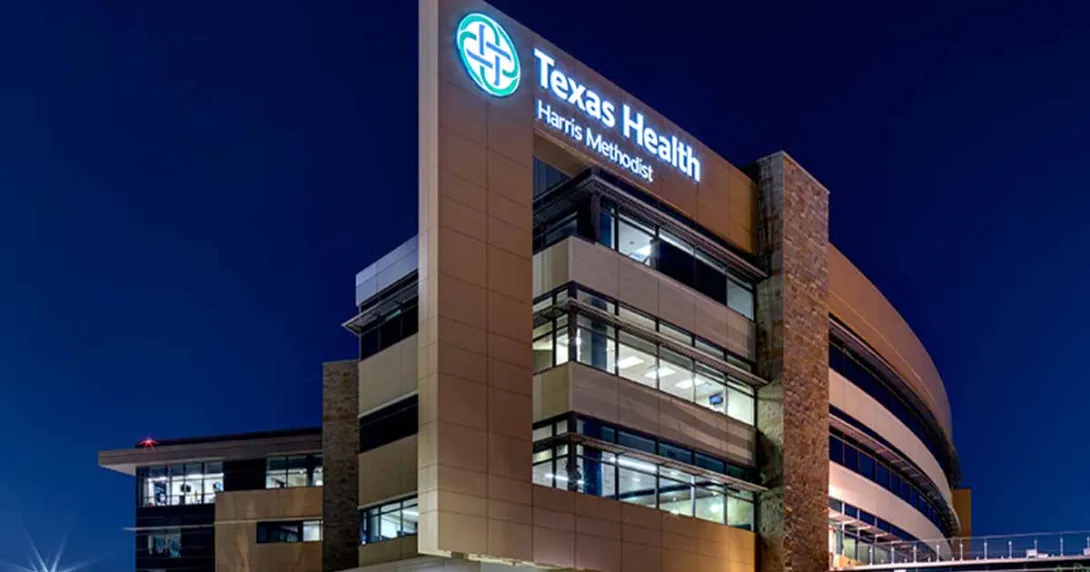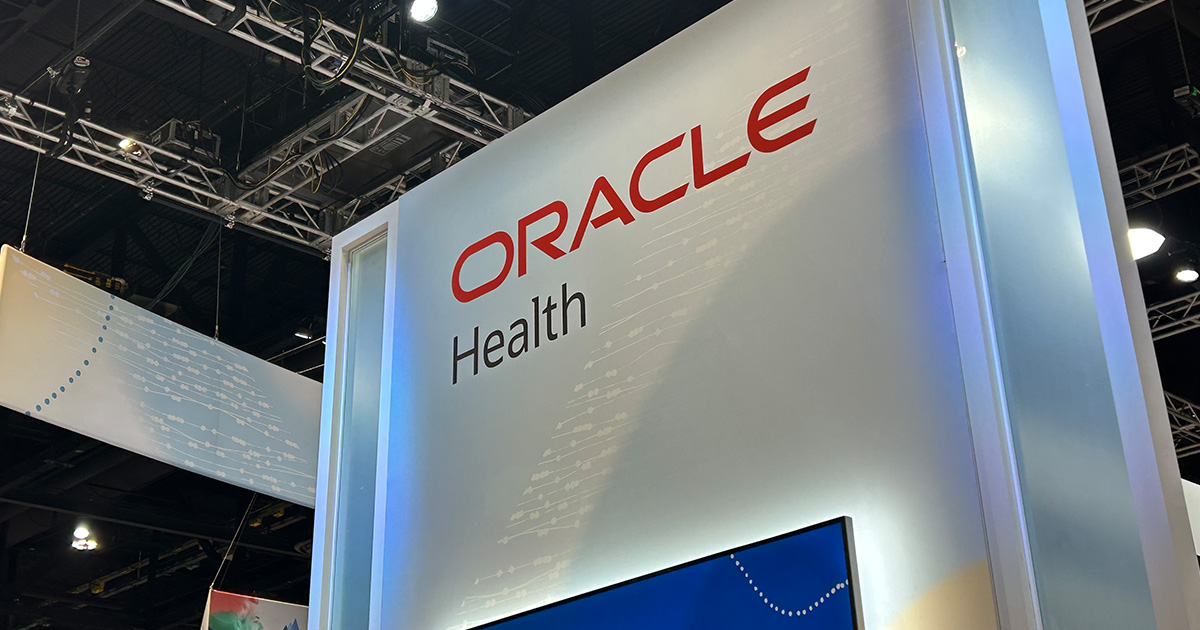
Health system Texas Health Resources had lacked a unified, enterprise-wide view of its patients' interactions across care venues, hindering its ability to deliver personalized, coordinated experiences. Its information systems operated in silos, which meant consumer engagement efforts often were disconnected and occasionally contradictory.
THE CHALLENGE
So, it set a goal: Establish a 360-degree view of the consumer – not just to improve data integrity but to enable personalized communication rooted in a deeper understanding of each patient's journey, preferences and needs.
Some of the key issues Texas Health faced included:
- Disjointed outreach. A patient might receive messages from one hospital encouraging participation in a prevention program without staff awareness the patient already was engaged in a similar initiative elsewhere in the health system.
- Message duplication. Because of fragmented records and duplicate identities, individuals sometimes were contacted multiple times about the same topic, which could create confusion or fatigue.
- Limited personalization. Without a consolidated view of historical interactions or engagement patterns, staff were unable to prioritize communications or tailor messaging to reflect the context of the relationship with that consumer.
"By unifying identity data across information systems, we've been able to coordinate outreach across the enterprise, ensure messages are relevant and timely, and, most important, show patients we see and understand them – not just as data points, but as individuals navigating their care with us," said Deena McAllister, senior vice president of brand experience at Texas Health Resources.
PROPOSAL
Texas Health Resources' overarching strategy is rooted in one guiding principle: creating a better, more seamless experience for patients.
"To bring this vision to life, we knew we had to enable connected, personalized and context-aware communication across the health system," McAllister explained. "That meant laying the groundwork for a unified understanding of every consumer – who they are, where they've engaged and what they need next.
"We envisioned a world where every communication felt personalized, timely and coordinated," she continued. "We examined where we had opportunities for improvement, engaged cross-functional teams and prioritized high-value use cases for implementation."
The data and analytics team stood up a robust enterprise data warehouse that brought together disparate data feeds making insights actionable across the organization.
Staff targeted outcomes like:
- More personalized, preference-based outreach.
- Streamlined campaigns prioritized around the most relevant message or service.
- Increased operational efficiency and reduced duplication of effort.
- Deeper insights into consumer behavior and retention drivers.
"And none of it would've been possible without our incredible data and analytics team, who built the connective tissue that tied our vision together," McAllister noted. "They're truly the unsung heroes behind the scenes."
MEETING THE CHALLENGE
Operationalizing master data management at Texas Health Resources – using MDM technology from vendor Verato – meant building both the technical infrastructure and the organizational commitment required to resolve identity fragmentation at scale. With a clear vision of creating a connected, enterprise-wide CRM driven by the organizational strategy, the health system sunset legacy, department-level CRMs and unified the approach across the system.
"We established a master identity approach that linked disparate records across care settings, platforms and facilities," McAllister explained. "This is a foundational element of our enterprise CRM. Through bi-directional connections with key platforms, our enterprise data warehouse powers not only data accuracy but also operational workflows like outreach suppression and contact preferences.
"Operationalizing our approach requires extensive collaboration," she continued. "Teams from ITS, data and analytics, marketing, strategy, consumer contact center, compliance, and legal came together to co-design processes."
Texas Health's CRM now supports:
- Targeted, personalized outreach based on a true, singular view of the consumer.
- Reduced identity duplication and suppression of irrelevant or redundant communications.
- More reliable analytics, supporting predictive modeling and experience design.
- Deployment of new use cases that take advantage of unified data.
"MDM and our CRM approach serve as connective tissue that turned a fragmented system into a cohesive, consumer-centric engagement platform," she said.
RESULTS
Since 2021, Texas Health Resources has seen meaningful improvements in how it engages, retains and serves its consumers, McAllister explained:
- More than 200,000 re-engaged patients. Leveraging the enterprise CRM – fueled by MDM's golden record infrastructure – the health system has deployed automated, intelligent interventions to re-engage patients when care journeys are disrupted. These nudges have guided individuals back into appropriate next steps across service lines and venues.
- Full-funnel visibility into campaign performance. Staff now can track encounters, distinct patients, net revenue, variable margin and direct margin at the product-line level. This is made possible by reliably linking engagement data to downstream utilization in an ongoing, automated fashion.
- More precise, preference-based outreach. With a consolidated view of each individual, staff have reduced redundant communications and can prioritize messages based on clinical need, engagement history and expressed preferences. This has improved not just the volume but the relevance of outreach.
"Our CRM, underpinned by MDM, now supports initiatives like clinical gap closure campaigns, outreach tailored to payer type or benefit design, and early intervention in disrupted care journeys," McAllister added.
ADVICE FOR OTHERS
For healthcare organizations exploring a similar approach, McAllister's biggest advice is this: Treat it as a long-term strategic commitment, not just a technology implementation.
"Build a shared vision," she said. "Creating a unified view of the consumer requires broad buy-in, from executive leadership to marketing to IT, and clinical teams to compliance. Invest early in aligning stakeholders around shared outcomes, not just functional requirements.
"Plan for sustainability, not just launch," she continued. "It's easy to focus on implementation milestones, but the real value comes from ongoing governance, data stewardship and continuous improvement. Allocate dedicated resources – people, budget and systems – to manage integration, quality assurance and cross-platform consistency over time."
And finally, embrace transparency and accountability, she said.
"One of the unanticipated benefits of an enterprise approach is how it makes performance metrics visible," she concluded. "With that visibility comes increased accountability – so prepare leaders to engage with the data in new, sometimes challenging conversations."
Follow Bill's HIT coverage on LinkedIn: Bill Siwicki
Email him: bsiwicki@himss.org
Healthcare IT News is a HIMSS Media publication.
WATCH NOW: How to launch a healthcare AI project, per the VA AI chief


